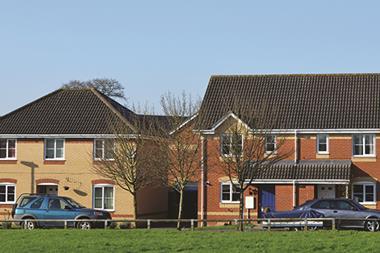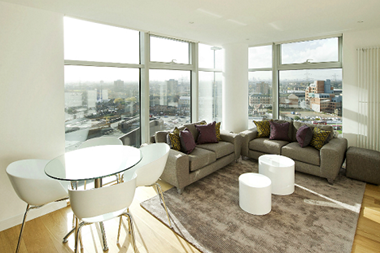We are now entering the third phase of the build-to-rent (BTR) revolution in the UK.

It began with major investors such as Legal & General and M&G perceiving the demand for BTR homes, and throwing their financial might behind the concept.
Next we saw the likes of Essential Living and Fizzy Living commencing work on BTR developments, with the first completed homes now emerging near major London transport hubs.
The third phase will see institutions begin to understand the nuances of managing BTR developments as the first customers arrive and the UK begins to develop its own model for the sector.
With Knight Frank predicting that £50bn will be invested by institutions over the next five years, it is crucial the first customers relish their experiences. Scare stories about bad management or poorly designed developments would be disastrous.

So here are Go Native’s four key criteria for BTR management success.
1. Design
Despite the media buzz about the sector, too many schemes are still following a basic development model, reflecting little of what the market tells us is key to success. Visiting a range of multi-family schemes in Chicago in December last year, I was struck by the West Loop scheme. Its sense of style had resulted in it being one of the most commercially successful schemes in the city.
West Loop had a hint of Hoxton, with timber and exposed concrete walls and ceilings, and double-height windows creating a timeless scheme that appealed to a wide demographic. There was a big, busy lounge on the top floor and a bustling rooftop gym that had views across the city.
2. Operational efficiency
For many developers building homes for sale, operational efficiency hasn’t been the priority it has to be in BTR. Every £1 of operational savings an operator can achieve adds more than £26 of value to a London scheme. Those potential savings have to be built in at the design stage.
Opportunities to eliminate operating costs are many - efficient management of a blizzard of parcel deliveries, rubbish systems that cope with growing recycling demands, strategies that help minimise staffing costs and energy efficiencies, to name a few.
3. Service
Nowhere matches the US for service, but in the UK the emerging BTR sector must stand as a beacon in a market renowned for its appalling approach to customer service. I’ve no doubt that BTR homes will soon be ranked by an equivalent service to TripAdvisor - it would be hugely damaging for any institutional landlord to gain a bad reputation early on.
A good example of service is shown by one scheme we visited in Chicago, where it was impossible to view an apartment before 9:30am because the on-site team spent 8:30-9:30am every day inspecting vacant apartments to ensure they were in perfect condition.
4. Revenue technology
Any US BTR investor will tell you you’ll lose 5% in profit without revenue management technology similar to that embraced by the hotel sector.
Data sharing among operators is a key feature of the US multi-family sector and is fundamental to effective revenue management systems. It’s on its way to the UK as well, much as hotels share information across the globe. The more data we share with each other in the UK, the better off we will all be.
The third phase of the BTR revolution is upon us - and the most successful investors will be those who realise that sophisticated management input from the design stage through to operation is a critical factor.






























No comments yet